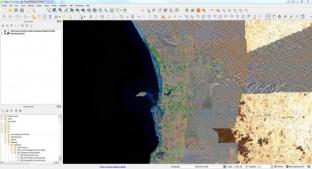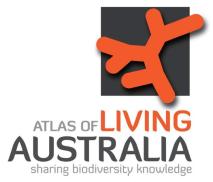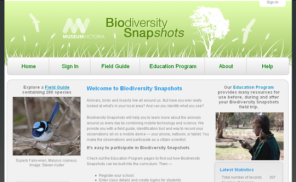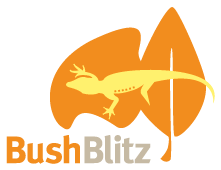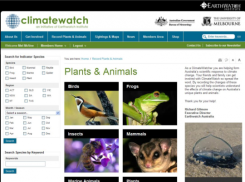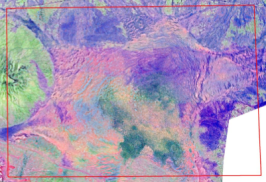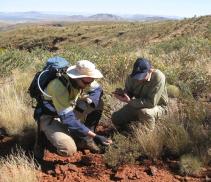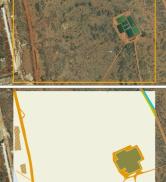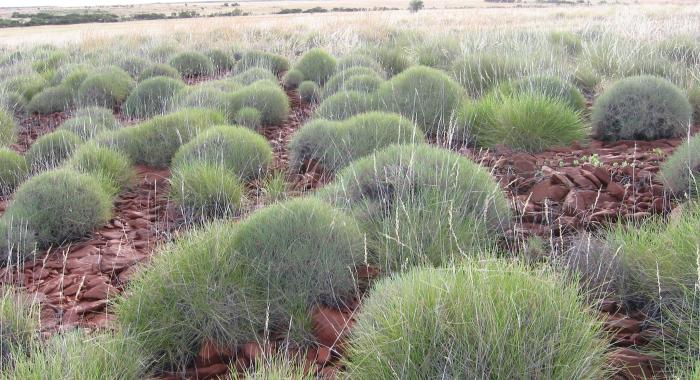
Environment
improve the natural environment
Gaia Resources has always worked in the environmental field, since our inception, and we’ve provided a wide range of technological solutions to clients over since then. We provide a range of different services to the environmental field, including:
- Strategy Development - with over 20 years of operations, applying our expertise to help you develop environmental strategies around your technological needs,
- Spatial Services - we can undertake project-based spatial analysis work, where we can deliver a holistic solution to you through our in-house team, or we can provide on-site or remote spatial support for your business,
- Software Development - across the full Discovery, Design, Develop, Test and Deploy cycle we utilise, we can deliver software across a range of different platforms and languages,
- Support - we operate an enterprise level help desk service that can be used to support the systems you operate,
- Data Science- with a raft of expertise in biodiversity and other environmental data, we specialise in helping our clients get the maximum value from their data, and
- Training - we run training in the open source package Quantum GIS as both commercial courses and through a freely available online training course.
These services have been delivered across a range of different organisations to deliver a wide variety of environmental technology solutions, as can be seen from the projects shown on the map and list below.
